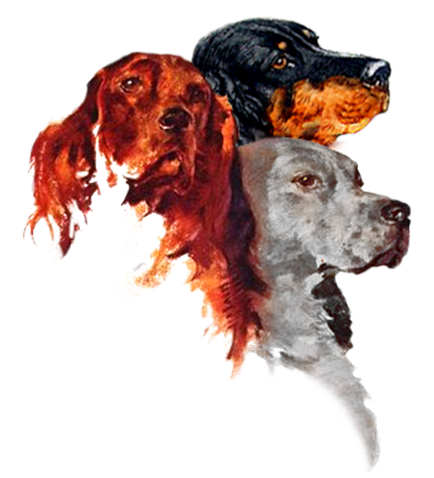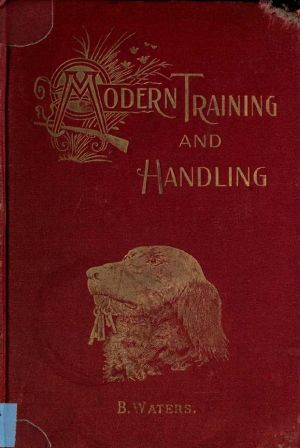автор(ы): B. Waters
Excerpt from Modern Training and Handling The first field trial in America was run near Memphis, Tenn., in 1874, under the auspices of the Tennessee Sports man's Association, and had ten starters. For four or five years thereafter, the trials grew slowly; but gradually their advantages became known and served to awaken the inter est of sportsmen. The inauguration of field trials brought the expert trainers to the front, and the competition and ample opportunities for comparison of methods caused gen eral improvement. The importation of blue bloods from England was followed by the keenest of competitions, which resulted in the permanent supremacy of the imported dog over the native. The win of a dog in a public competition gave him an acknowledged meritorious reputation and greatly increased his monetary value and that of his related blood. To own dogs which were winners or had the super iority of a winning strain, was the strong desire of all pro gressive sportsmen. The spirit of rivalry or emulation which competition engendered created an active and wide spread demand for better dogs. This in turn resulted in a large number of breeders to supply the demand. Many dogs were imported in addition to those native bred, and val ues constantly increased. The enlargement in the dog world served to permanently engage the entire time and attention of a class of expert trainers who adopted training as a pro fession, and as a higher grade of ability was required, the typical old-time trainer either became a market shooter pure and Simple or was lost in the struggle for supremacy. It required several years, however, for the expert field trial trainers to outgrow the prejudices and antipathies, a legacy inherited from their predecessors. About the Publisher Forgotten Books publishes hundreds of thousands of rare and classic books. Find more at www.forgottenbooks.com This book is a reproduction of an important historical work. Forgotten Books uses state-of-the-art technology to digitally reconstruct the work, preserving the original format whilst repairing imperfections present in the aged copy. In rare cases, an imperfection in the original, such as a blemish or missing page, may be replicated in our edition. We do, however, repair the vast majority of imperfections successfully; any imperfections that remain are intentionally left to preserve the state of such historical works. **


